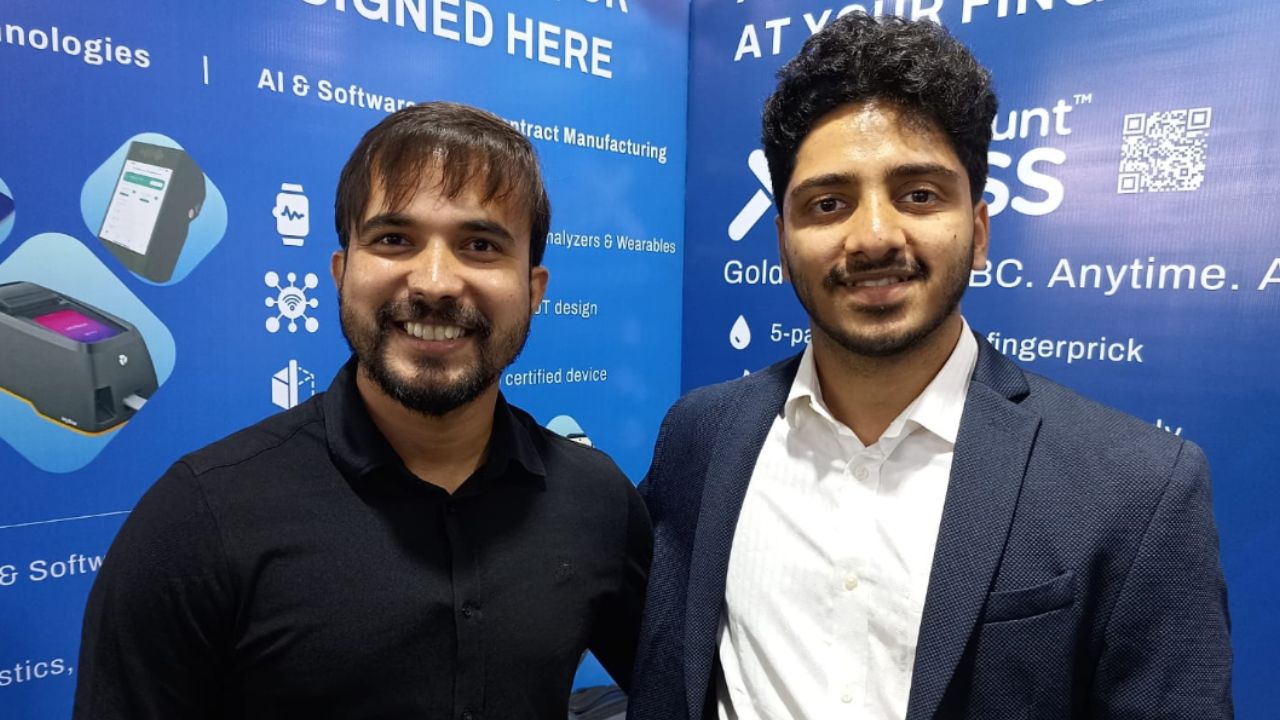Alternate Dynamics, a pioneering health tech startup, is transforming the lives of differently-abled individuals with its flagship product—a fully functional upper limb prosthetic hand. In addition to this breakthrough innovation, the company is developing an AI-powered device designed to assist patients suffering from respiratory ailments or chronic obstructive pulmonary diseases (COPD).
In an exclusive conversation with The Interview World, Syed Mohammad Abbas, Business Head at Alternate Dynamics, delves into the advanced AI-driven solutions aimed at easing the challenges faced by respiratory disease patients. He also sheds light on the immense market potential for these products in India, provides insight into the startup’s business model, and shares his ambitious vision for the cutting-edge innovations set to launch over the next four to five years. Below are the key highlights from his compelling interview.
Q: Can you provide more details about the AI-based product you’re developing for respiratory disease patients?
A: We are developing an AI-powered device to assist patients with chronic obstructive pulmonary disease (COPD), a condition responsible for one of the highest mortality rates globally. In India alone, over 10 million people are affected by COPD each year. Our innovative device offers real-time monitoring, advanced diagnostics, and personalized treatment plans for those suffering from respiratory ailments.
This technology trains the lungs to improve breathing, helping patients manage their symptoms and recover more effectively. While COPD is not curable, it is treatable, and our device can enhance the quality of life for patients.
Currently, three of our devices are undergoing clinical trials at the Indian Spinal Injuries Centre (ISIC). This progress has been made possible through our collaboration with IIT and ISIC. In the next two months, we will complete the clinical testing phase and prepare to launch the product to the market.
Q: How do you assess the market potential for these types of products in India? Additionally, what factors do you believe will drive their adoption and growth in the healthcare sector?
A: The market potential is immense. In India alone, over 10 million people suffer from respiratory diseases annually. Northern regions like Delhi, especially from October to December, experience dangerously high pollution levels. During this period, breathing becomes a challenge, and even non-smokers effectively inhale the equivalent of 10 cigarettes daily due to the poor air quality.
Cities such as Delhi, Kanpur, Patna, and Lucknow represent significant opportunities for our product. Nationwide, the respiratory disease market in India is round $125 billion. Globally, the rehabilitation market for respiratory patients is a staggering $254 billion.
In our first year, we plan to target 5,000 to 10,000 hospitals across India. From there, we will expand our reach, tapping into this vast market opportunity.
Q: Can you explain your business model, particularly how your collaboration with hospitals will work? Are you also considering a B2C approach to reach patients directly, or will the focus remain primarily on partnerships with healthcare institutions?
A: We’ve developed a cutting-edge device designed for both patients and B2B applications. Our immediate focus is on the B2B market for the next 1 to 2 years. However, the core purpose of this device is to enhance patient care by allowing them to complete their training from the comfort of their homes.
The device automatically sends detailed reports to pulmonologists online, providing real-time feedback directly to patients. This seamless integration will enable us to enter the consumer market after the initial B2B phase.
Given the vast potential in this space, we’re confident that the D2C market will follow naturally after establishing our presence in B2B.
Q: Have you considered targeting cities like Bengaluru, where high pollen density significantly exacerbates respiratory issues, in addition to focusing on more traditionally polluted cities in India?
A: I recognize that Bengaluru presents unique challenges when it comes to respiratory diseases, especially for asthma patients struggling with pollen and other plant-based allergens. However, our current focus isn’t on that area. Instead, we are concentrating on patients with COPD and severe respiratory issues, particularly those experiencing shortness of breath.
We’re also targeting the defense and sports sectors, where such solutions are in high demand. Our founder, having worked with DRDO at the South Campus, has firsthand experience with these needs. Additionally, we aren’t just focused on this product. We are actively engaged in the rehabilitation market and plan to develop multiple solutions based on customer feedback.
This product will serve as a foundation to gather insights, helping us expand our offerings for both customers and hospitals. Our goal is to grow our product line and deliver the most effective solutions possible to meet their needs.
Q: What additional innovations or features are you planning to incorporate into your product over the next 4 to 5 years to enhance its capabilities and address evolving healthcare needs?
A: In the next 4 to 5 years, we plan to launch a range of products focused on pressure monitoring. For instance, when considering the human spine, we must understand the pressure applied during various exercises and activities. Our innovative device will measure this pressure accurately.
By doing so, we can detect any potential injuries. This information provides a diagnostic report for physicians, allowing them to analyze the data effectively. We are excited about developing devices specifically designed for spinal pressure monitoring. Our goal is to enhance patient diagnosis and treatment through precise measurements and insights.









